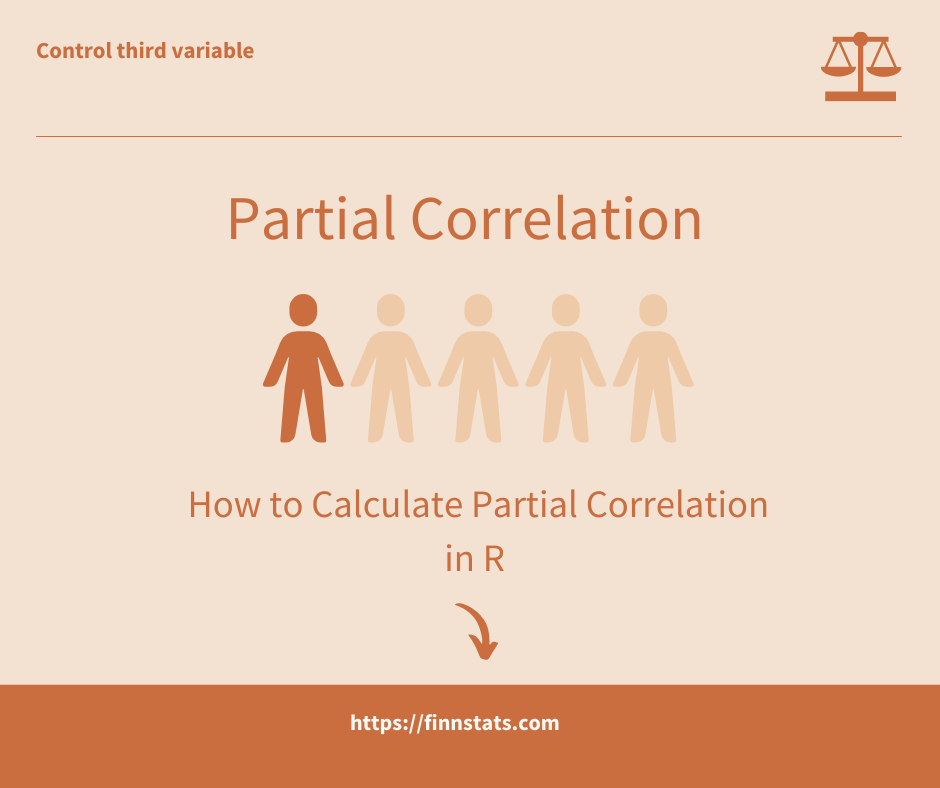Difference between glm and lm in R
Difference between glm and lm in R, In R, how do you tell the difference between lm and glm?
When building intervals in lm, the t-distribution is used, but in glm, the normal distribution is used.
Longer answer: The glm function fits the model via MLE, but you end up with OLS estimates due to the assumption you made about the link function (in this case normal).
What is a glm Anova, exactly?
While maintaining all other predictors constant, a general linear model, also known as a multiple regression model, generates a t-statistic for each predictor as well as an estimate of the slope associated with the change in the outcome variable.
When is it fair to employ a general linear model?
To see if the means of two or more groups differ, use the General Linear Model. Random factors, covariates, or a mix of crossing and nested factors can all be used.
How to find a Trimmed Mean in R » finnstats
Stepwise regression can also be used to help determine the model.
What is the difference between glm and lm?
lm is good for models like Y = XB + e, where eNormal ( 0, s2 ). glm fits models of the type g(Y) = XB + e, where g() and e’s sample distribution must be given. The “link function” is the name given to the function ‘g.’
For fitting linear models, the computer language R provides the following functions:
1. lm — This function is used to fit linear models.
The syntax for this function is as follows:
lm(formula, data, …)
where:
formula: The formula for the linear model (e.g. y ~ x1 + x2)
data: The name of the data frame that contains the data
2. glm — This is a tool for fitting generalized linear models.
The syntax for this function is as follows:
glm(formula, family=gaussian, data, …)
where:
formula: The formula for the linear model (e.g. y ~ x1 + x2)
family: To fit the model, choose a statistical family. Gaussian is the default, however, there are also binomial, Gamma, and Poisson choices.
data: The name of the data frame in which the data is stored.
The only difference between these two functions is that the glm() function includes a family argument.
When you use lm() or glm() to fit a linear regression model, the results will be identical.
The glm() function, on the other hand, can be used to fit more sophisticated models like:
Logistic regression (family=binomial)
Poisson regression (poisson=family)
The examples below demonstrate how to utilize the lm() and glm() functions in practice.
Using the lm() Function in Practice
The lm() method is used to fit a linear regression model in the following code:
fit a model of multiple linear regression
model <- lm(mpg ~ disp + hp, data=mtcars)
Now we can view the model summary
summary(model)
Call: lm(formula = mpg ~ disp + hp, data = mtcars) Residuals: Min 1Q Median 3Q Max -4.7945 -2.3036 -0.8246 1.8582 6.9363 Coefficients: Estimate Std. Error t value Pr(>|t|) (Intercept) 30.735904 1.331566 23.083 < 2e-16 *** disp -0.030346 0.007405 -4.098 0.000306 *** hp -0.024840 0.013385 -1.856 0.073679 . --- Signif. codes: 0 ‘***’ 0.001 ‘**’ 0.01 ‘*’ 0.05 ‘.’ 0.1 ‘ ’ 1 Residual standard error: 3.127 on 29 degrees of freedom Multiple R-squared: 0.7482, Adjusted R-squared: 0.7309 F-statistic: 43.09 on 2 and 29 DF, p-value: 2.062e-09
Using the glm() Function in Examples
Using the glm() method, the following code shows how to fit the exact same linear regression model.
Boosting in Machine Learning-Complete Guide » finnstats
model multivariate linear regression
model <- glm(mpg ~ disp + hp, data=mtcars)
Let’s view the model summary
summary(model)
Call: glm(formula = mpg ~ disp + hp, data = mtcars) Deviance Residuals: Min 1Q Median 3Q Max -4.7945 -2.3036 -0.8246 1.8582 6.9363 Coefficients: Estimate Std. Error t value Pr(>|t|) (Intercept) 30.735904 1.331566 23.083 < 2e-16 *** disp -0.030346 0.007405 -4.098 0.000306 *** hp -0.024840 0.013385 -1.856 0.073679 . --- Signif. codes: 0 ‘***’ 0.001 ‘**’ 0.01 ‘*’ 0.05 ‘.’ 0.1 ‘ ’ 1 (Dispersion parameter for gaussian family taken to be 9.775636) Null deviance: 1126.05 on 31 degrees of freedom Residual deviance: 283.49 on 29 degrees of freedom AIC: 168.62 Number of Fisher Scoring iterations: 2
The coefficient estimates and standard errors of the coefficient estimates are identical to what the lm() function produces.
Note that we can also fit a logistic regression model with the glm() function by providing family=binomial as follows.
Let’s fit the logistic regression model
model <- glm(am ~ disp + hp, data=mtcars, family=binomial)
Okay, now see the model summary
summary(model)
Call: glm(formula = am ~ disp + hp, family = binomial, data = mtcars) Deviance Residuals: Min 1Q Median 3Q Max -1.9665 -0.3090 -0.0017 0.3934 1.3682 Coefficients: Estimate Std. Error z value Pr(>|z|) (Intercept) 1.40342 1.36757 1.026 0.3048 disp -0.09518 0.04800 -1.983 0.0474 * hp 0.12170 0.06777 1.796 0.0725 . --- Signif. codes: 0 ‘***’ 0.001 ‘**’ 0.01 ‘*’ 0.05 ‘.’ 0.1 ‘ ’ 1 (Dispersion parameter for binomial family taken to be 1) Null deviance: 43.230 on 31 degrees of freedom Residual deviance: 16.713 on 29 degrees of freedom AIC: 22.713 Number of Fisher Scoring iterations: 8
We may also fit a Poisson regression model using the glm() function by providing family=poisson as follows.
fit Poisson regression model
model <- glm(am ~ disp + hp, data=mtcars, family=poisson) summary(model)
Call: glm(formula = am ~ disp + hp, family = poisson, data = mtcars) Deviance Residuals: Min 1Q Median 3Q Max -1.1266 -0.4629 -0.2453 0.1797 1.5428 Coefficients: Estimate Std. Error z value Pr(>|z|) (Intercept) 0.214255 0.593463 0.361 0.71808 disp -0.018915 0.007072 -2.674 0.00749 ** hp 0.016522 0.007163 2.307 0.02107 * ---Signif. codes: 0 ‘***’ 0.001 ‘**’ 0.01 ‘*’ 0.05 ‘.’ 0.1 ‘ ’ 1 (Dispersion parameter for poisson family taken to be 1) Null deviance: 23.420 on 31 degrees of freedom Residual deviance: 10.526 on 29 degrees of freedom AIC: 42.526 Number of Fisher Scoring iterations: 6


